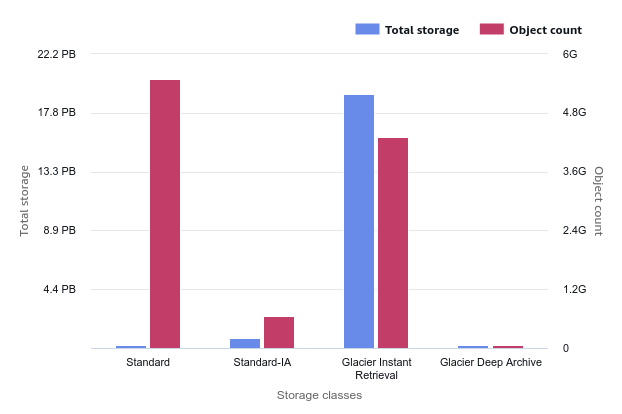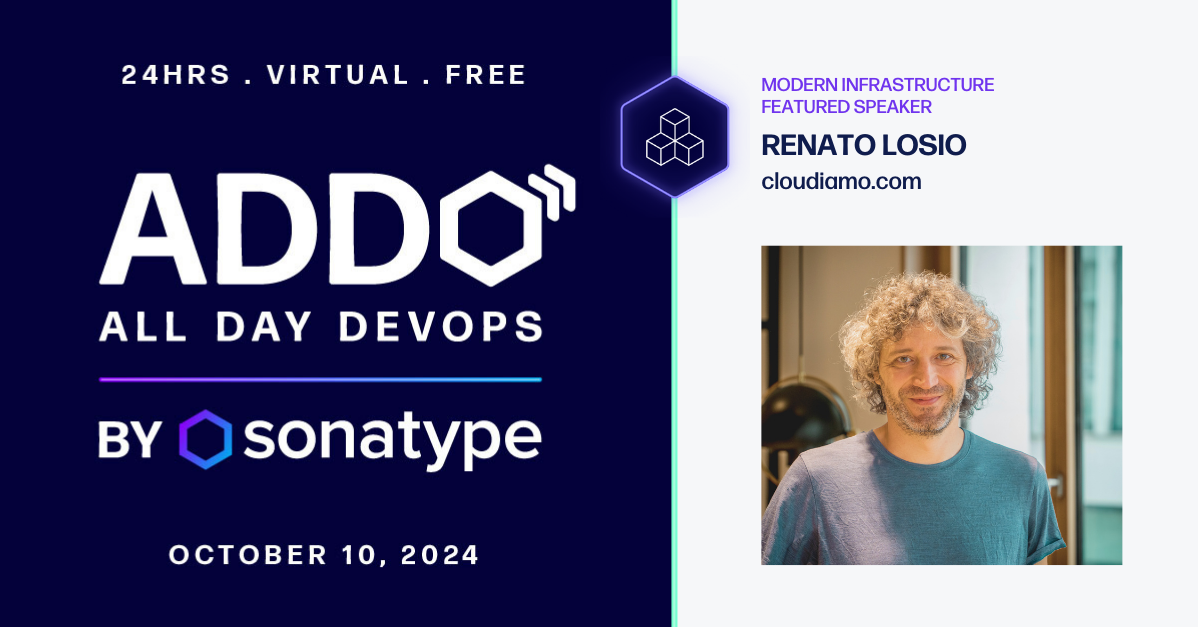Tag: aws
-
S3 Lifecycle or Intelligent-Tiering? Object Size Always Matters
Whenever you develop your logic with Lifecycle Rules or you delegate the logic to the S3 Intelligent-Tiering class, the average size of your objects on S3 is a significant factor in your storage costs. Read the full article.
-
InfoQ – November 2024
From Aurora Serverless v2 scaling to zero to ten years of AWS Lambda, from Cloudflare advocating for wider adoption of the security.txt standard to PostgreSQL 17: a recap of my news pieces for InfoQ in November. Read the full article.
-
InfoQ – October 2024
From AWS Console-to-Code to Cloudflare Ephemeral IDs, from Valkey 8.0 to Amazon EC2 Graviton4 instances, the news I covered for InfoQ in October. Read the full article.
-
InfoQ – September 2024
From Pipe Syntax in SQL to Storage Browser for S3, from open source licenses to AWS CodeBuild, the news I covered for InfoQ in September. Read the full article.
-
WeAreDevelopers World Congress 2024 – Berlin
Watch Your Wallet and Reduce Your Carbon Footprint: A Guide to Cloud Cost Optimization. Read the full article.
-
Berlin AWS User Group – February 2024
Home sweet home. Last night, I relished being back at the Berlin AWS User Group, engaging in discussions about the benefits and challenges of running relational databases on AWS. The title and abstract of my presentation are provided below.Read the full article.





